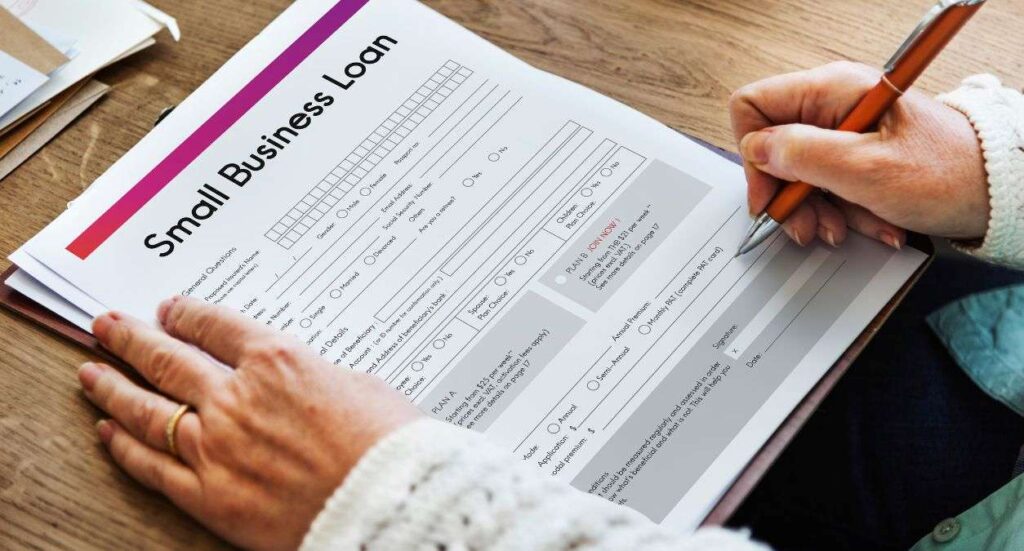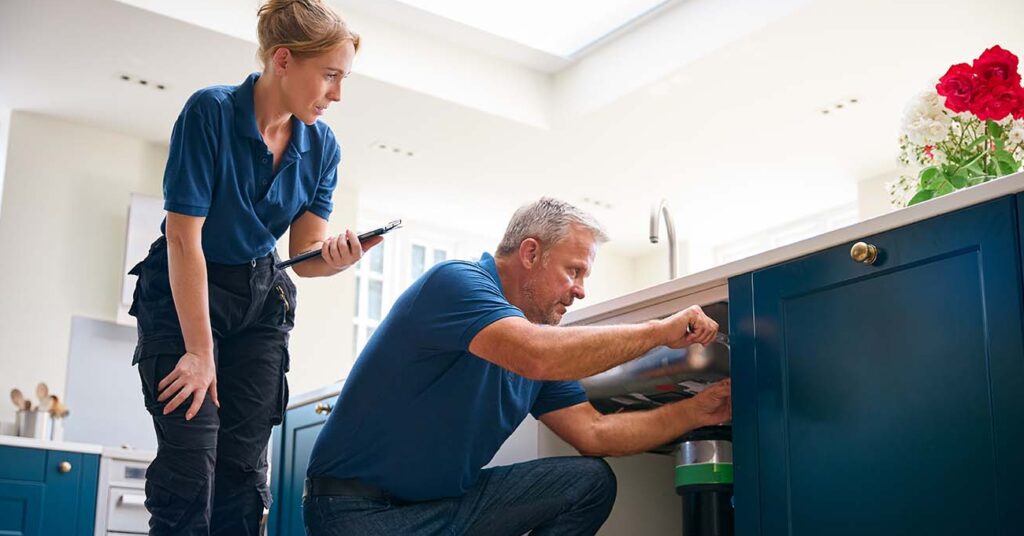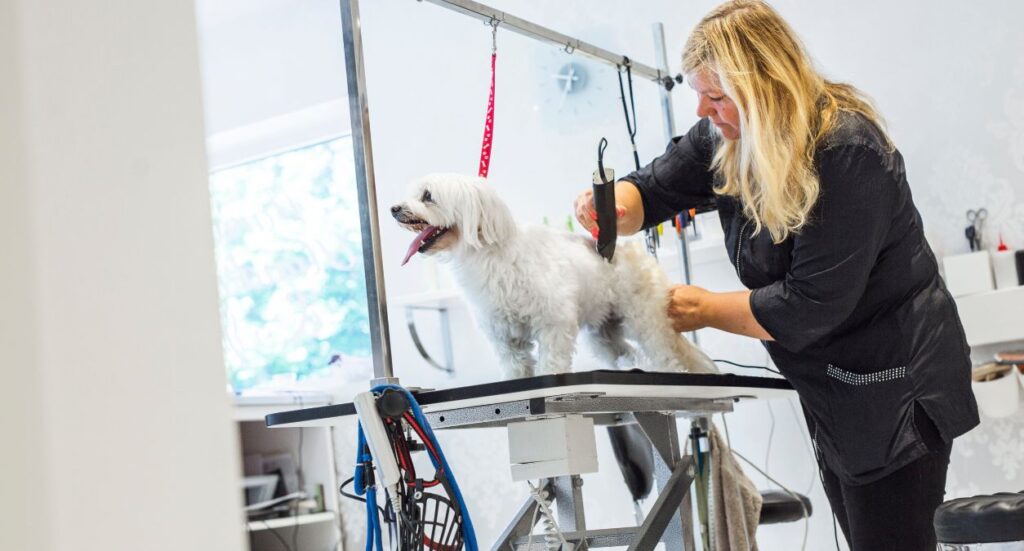Contributors
My main focus is managing the blog and product content for the Protectivity website ensuring everything aligns wi...
If you’re wondering how to start a mobile massage therapy business, there are a range of things to consider.
Starting a mobile massage business can be a rewarding venture, but it requires a balance of technical skill, business acumen, and interpersonal abilities. By carefully considering each aspect and planning accordingly, you can create a successful and fulfilling business.
Here’s a comprehensive guide to help you get started in professional massage therapy.

The benefits of starting a mobile massage business
It’s good to know the advantages of your offering before you commit to starting a business and entering a new industry. Starting a mobile massage business comes with several benefits that can be appealing to both you as a practitioner and your clients.
We’ve outlined the key benefits below.
Convenience
Customers can receive massages in the comfort of their own homes, avoiding the need to travel to a spa or clinic. This convenience can be particularly attractive for busy people or those with mobility issues.
Flexible schedule
As a mobile massage therapist, you have greater control over your schedule. This flexibility can be advantageous for achieving work-life balance or accommodating clients during non-traditional hours.
Reduced overhead costs
Operating a mobile business eliminates the need for a fixed location, reducing overhead costs associated with renting or maintaining a physical space. This can lead to higher profit margins.
Broader client base
By going mobile, you can expand your reach beyond a local area. You can offer services to clients in various neighbourhoods or even cities, potentially reaching a broader client base.
Personalised experience
Mobile massage allows you to create a more bespoke, intimate experience for clients. They can receive treatments in a familiar environment, enhancing the element of relaxation and therapeutic benefits of massage.
Lower initial investment
Starting a mobile massage business may require a lower initial investment compared to establishing a brick-and-mortar location. You won’t need to invest in as much equipment or pay for ongoing facility expenses.
Marketing advantage
The mobility of your business can be a unique selling point. You can market your services as a convenient and personalised alternative to traditional spa experiences.
Client loyalty
Offering a mobile service can build strong relationships with clients, leading to increased loyalty. Repeat business and positive word-of-mouth referrals can be significant drivers for your mobile massage business.
Reduced competition
In some areas, there may be fewer mobile massage therapists than traditional establishments, giving you a competitive advantage in meeting the demand for on-location services.
Adaptability
Mobile massage can be adaptable to various settings, such as homes, offices, or events. This flexibility allows you to tailor your services to different client needs and preferences.
Community engagement
Being mobile allows you to engage with different communities and demographics, providing your services where they are needed the most.

What types of massage can you offer to clients?
Here’s an overview of the types of massage you can specialise in:
- Swedish massage: A relaxing, full-body massage.
- Deep tissue massage: Targets deeper layers of muscle and connective tissue.
- Sports massage: Geared towards athletes, to prevent or treat injuries.
- Hot stone massage: Uses heated stones to relax muscles.
- Thai massage: Combines acupressure, yoga, and assisted stretching.
- Prenatal massage: Designed for pregnant women.
- Reflexology: Focuses on pressure points in the hands and feet.
What qualifications are needed?
In the UK, becoming a massage therapist requires certain qualifications and meeting certain standards set by relevant professional bodies. You’ll need to obtain the necessary education and certifications from these accredited institutions.
Here are the general areas you’ll need to be trained in and points to consider.
Education and training
The Level 3 Diploma in Massage Therapy is the minimum qualification recognised by most employers and professional bodies. It covers the essential skills and knowledge needed for massage therapy.
The course you choose will need to be accredited by a recognised awarding body, such as the ITEC (International Therapy Examination Council), VTCT (Vocational Training Charitable Trust), or CIBTAC (Confederation of International Beauty Therapy and Cosmetology).
Many massage therapy courses include a module on anatomy and physiology, which is crucial for understanding the human body and providing safe, effective treatments.
Professional body membership
Consider joining a professional body for massage therapists. This could include the Federation of Holistic Therapists (FHT), Complementary Therapists Association (CThA), or CNHC (Complementary and Natural Healthcare Council).
While not mandatory, registering with these bodies is a sign of professionalism and may be required by some employers, as membership usually necessitates adherence to certain standards.
First aid certification
Some employers and professional bodies may require you to hold a valid first aid certificate. This also gives your customers peace of mind that they’ll be in safe hands, so you can include it in your marketing.
Optional specialisations
Consider taking additional courses to specialise in specific types of massage therapy (such as aromatherapy) to broaden your skill set.
CPD (Continuing Professional Development)
Stay updated on industry advances and enhance your skills through ongoing professional development. Many professional bodies require members to engage in regular CPD. If you’re registered with the FHT, for example, carrying out CPD is mandatory.
Continuing education
Add to your knowledge by staying updated on new massage techniques and industry trends, through workshops and courses.

Essential steps to starting a mobile massage business
Once you’ve gained the right qualifications, these are the steps you’ll need to take in becoming a mobile massage therapist.
Check local licensing
Check if your local authority requires massage therapists to obtain a license to operate. Requirements can vary.
Undergo a DBS check
You may be required to undergo a criminal records check with the DBS (Disclosure and Barring Service), especially if you’ll be working with vulnerable people.
As mentioned, there’ll be certain codes of conduct and professional standards set by the professional bodies you’re affiliated with. However, having your own professional code of ethics that you adhere to allows you to show clients how you respect their confidentiality and physical boundaries.
If you’re employed by someone else, check their specific professional requirements, as well as any set by local authorities in your area, as they may have additional or slightly different requirements.
Organise your business structure
If you’ll be self-employed, decide on a legal structure (sole proprietorship, LLC, corporation) and register your business. Obtain the required permits and licenses before you start operating.
Invest in the right equipment
There are certain essentials you’ll need to operate as a mobile massage therapist, including:
- Quality massage table and linens
- Comfortable and ergonomic seating for clients
- Aromatherapy oils, lotions, and essential oils
- A sound system for atmospheric music
- Appropriate lighting
- Hygiene supplies (disinfectants, disposable face cradle covers)
Budget for essential costs
These may include the following:
- Education and certification expenses
- Transportation costs
- Equipment and supplies
- Marketing and advertising
- Insurance
Set your pricing
Deciding how much to charge for massage therapies requires careful research. Look into what other local massage businesses charge, to determine fair but competitive pricing. Consider introductory rates or package deals to attract initial clients. Factor in your expenses, time, and expertise when setting prices.
Plan a marketing strategy
There are various ways you can promote your massage business. Create a professional website with your services, pricing, and contact information. Use social media platforms to showcase your expertise and connect with potential customers. Run email marketing campaigns and promotions, to gather people’s contact details and keep them in the loop about your services.
You could also network with local businesses and healthcare professionals to arrange partnerships and find new customers.
Implement client management systems
Keep detailed records of customer information, bookings, and preferences. Implement a system for appointments. Request and encourage client feedback for continuous improvement, keeping a record of everyone’s notes and individual preferences.
Take out insurance
Obtain liability insurance to protect yourself and your clients. Due to the physical nature of your work, you may want to also consider disability insurance for income protection. This would be useful should you lose the use of your hands, for example.
Get Massage Therapy Insurance from Protectivity
*Disclaimer – This blog has been created as general information and should not be taken as advice. Make sure you have the correct level of insurance for your requirements and always review policy documentation. Information is factually accurate at the time of publishing but may have become out of date.
Last updated by

















